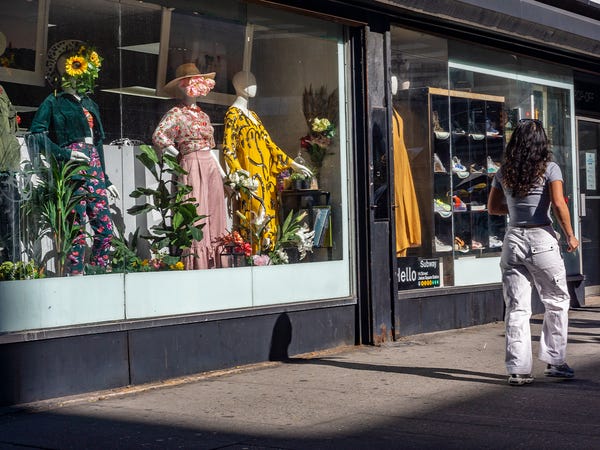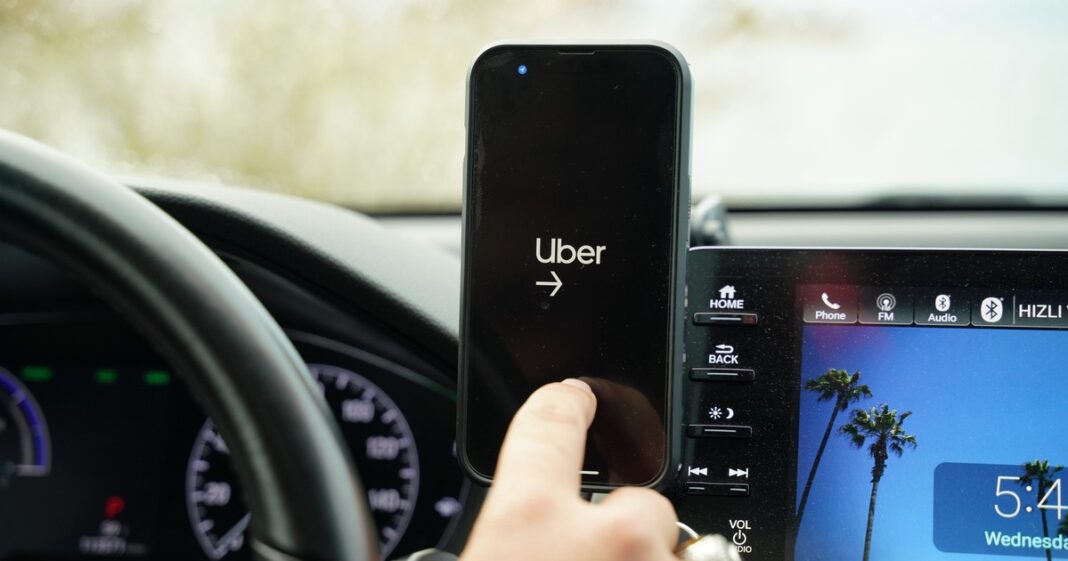“The Ride-Sharing Revolution Goes Mainstream: How Uber’s Ambitious Plan to Tap into Suburban America Could Change the Way We Think About Transportation”

Future Outlook

Ride-hailing in suburban areas is poised for significant growth, driven by technological advancements and changing consumer habits. According to Uber’s CFO, Prashanth Mahendra-Rajah, about 20% of ride-hailing trips on the platform occur in “sparser markets,” which are growing faster than those in dense cities.
Suburbs represent an enticing growth market for ride-hailing apps like Uber, as well as delivery apps like Instacart. Last year, Uber struck a deal with Costco to start delivering items from the warehouse retailer to customers’ doorsteps through Uber Eats. At the time, CEO Dara Khosrowshahi said that the suburbs represented a growth opportunity for Uber, since many shoppers in those areas tend to be more affluent and buy more at once.

Implications for the Industry
Competition and Innovation
Uber’s suburban expansion will likely lead to increased competition in the ride-hailing industry, driving innovation and improvements in services. As ride-hailing apps compete for market share, they will need to continuously innovate and improve their offerings to stay ahead of the competition.

Economic Impact
The economic impact of ride-hailing on suburban areas will be significant, with potential benefits for local businesses and the community. Ride-hailing services can help reduce traffic congestion, improve air quality, and increase mobility for residents, particularly those without access to personal vehicles.

Regulatory Environment
The regulatory environment surrounding ride-hailing in suburban areas is complex and evolving. As ride-hailing apps expand into new markets, they will need to navigate varying regulatory requirements and adapt to changing laws and regulations.
Practical Aspects
Marketing and Promotion
Uber is using targeted marketing and promotion strategies to reach suburban customers, including social media advertising and partnerships with local businesses. The company is also leveraging its existing customer base to promote its suburban services.
Driver Recruitment and Retention
Recruiting and retaining drivers in suburban areas can be challenging, particularly in areas with lower population densities. Uber is addressing this challenge by offering incentives and benefits to drivers, such as higher earnings and flexible scheduling.
Integration with Existing Services
Uber is integrating its suburban services with its existing services, including its ride-hailing platform and food delivery service, Uber Eats. This integration will allow customers to easily access and use Uber’s services across multiple platforms.
Technical Aspects
Logistics and Operations
Uber is using advanced logistics and operations systems to manage its suburban services, including real-time traffic updates and optimized routing. These systems help ensure that drivers can efficiently navigate suburban areas and provide reliable service to customers.
Technology and Infrastructure
Uber is investing in technology and infrastructure to support its suburban services, including mobile apps, website platforms, and data analytics tools. These systems help Uber manage its operations, track customer demand, and optimize its services.
Conclusion
In conclusion, Uber’s plan to expand its ride-hailing business by targeting suburbanites who already own a car is a strategic move that could significantly impact the sharing economy. The article highlights how Uber is shifting its focus from city-dwellers to suburban areas, where car ownership is more prevalent, by offering a subscription-based service that allows users to rent out their vehicles on the platform. This move not only diversifies Uber’s revenue streams but also provides an opportunity for suburbanites to monetize their underutilized assets.
The significance of this move lies in its potential to disrupt the traditional car ownership model and create a new paradigm for urban transportation. By tapping into the vast pool of suburban car owners, Uber is poised to revolutionize the way people move around, making transportation more convenient, affordable, and sustainable. Furthermore, this move has far-reaching implications for the automotive industry, as it challenges traditional car manufacturers to adapt to the changing landscape of mobility.
As Uber continues to push the boundaries of innovation, it’s clear that the future of transportation will be shaped by its bold experiments. With its sights set on suburban markets, Uber is poised to create a new era of shared mobility, where car ownership is no longer the norm. As we look to the future, one thing is certain: Uber’s commitment to redefining the way we move will have a profound impact on our daily lives, and we can’t wait to see what’s next.
